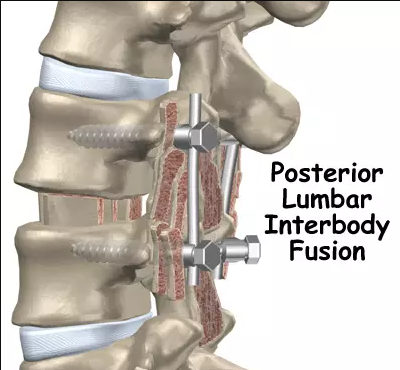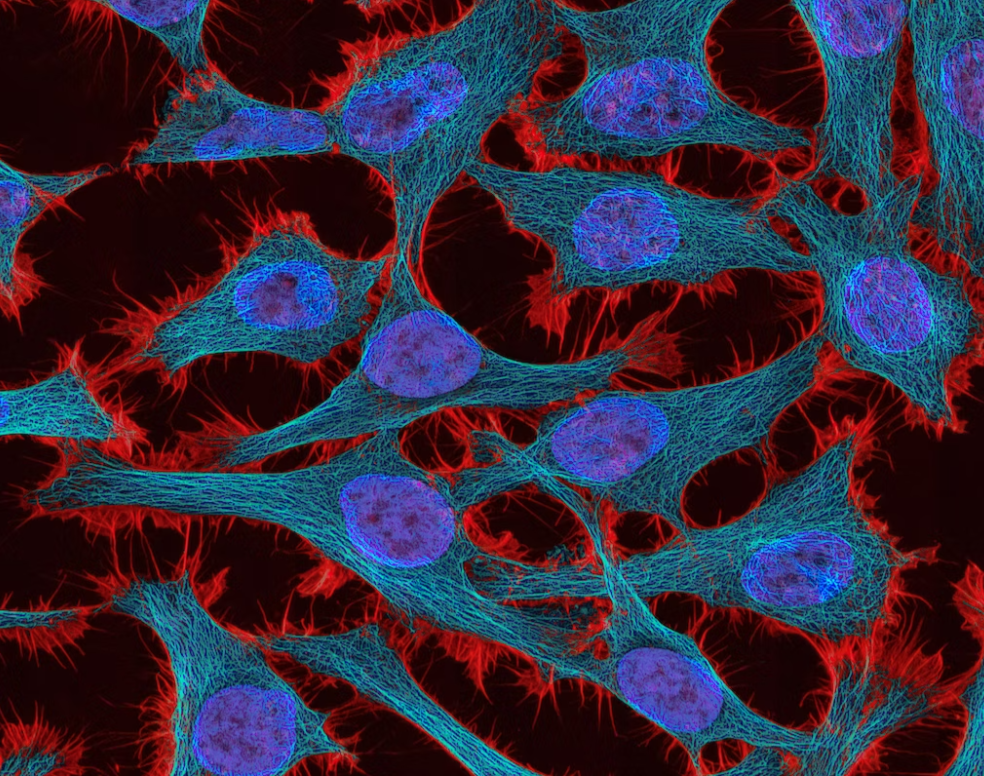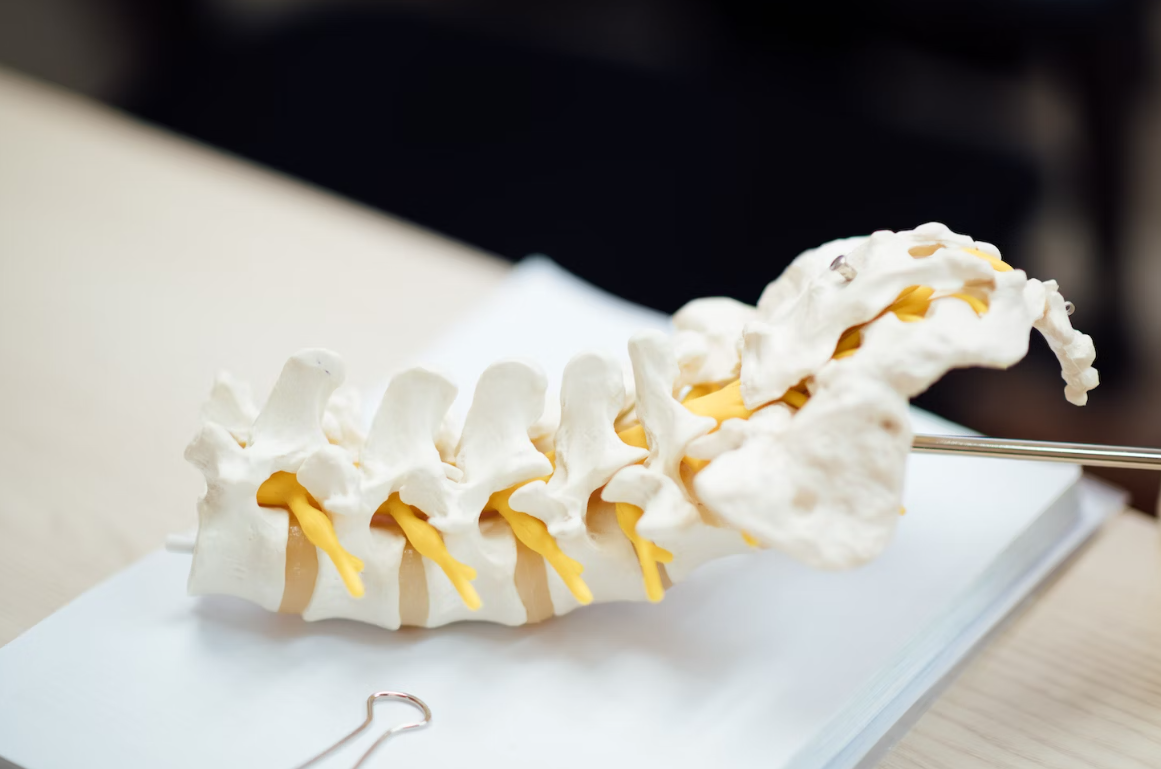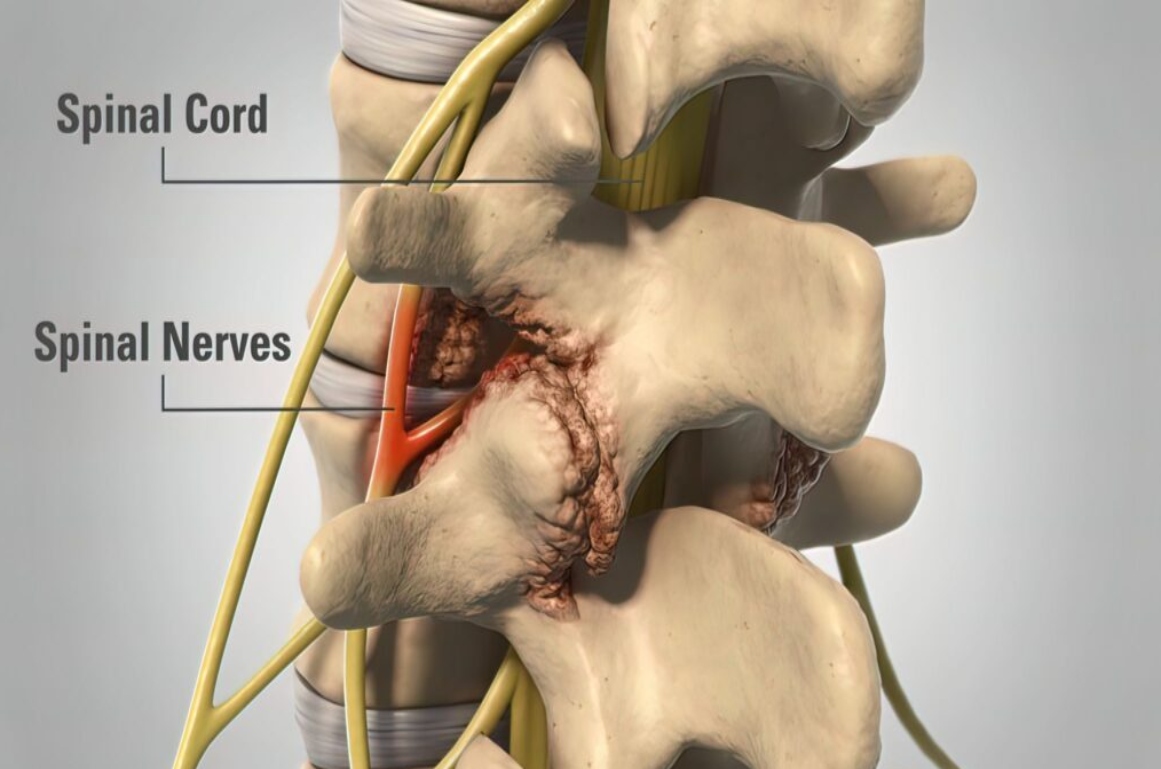Posterior Lumbar
Interbody Fusion
Spinal fusion surgery is a process that can bring more support and stability to a weakened spine that has not responded to other medical interventions. Posterior lumbar interbody fusion is one type of spinal fusion surgery. It uses a smaller initial incision to help protect the lower back muscles and improve your recovery and pain relief.
Here’s what you should know about this procedure if you’re suffering from pain. If you have additional questions, get in touch with the team at North Texas Neurosurgical Consultants for more information. We’re always happy to help.


What is a posterior lumbar interbody fusion?
As noted above, posterior lumbar interbody fusion (or PLIF) is a type of lower back spinal surgery. It’s a procedure that addresses recalcitrant and severe back pain involving the intervertebral discs. Recalcitrant refers to pain that hasn’t responded to other treatment approaches, like physical therapy or injections.
The lumbar spine, with its natural movement and mobility, is one of the most problematic areas of the long chain of vertebrae that supports our body. These five vertebrae in the lower back are separated by intervertebral discs, which cushion and facilitate movement. The whole structure connects with facet joints and encloses vulnerable nerves that are responsible for sending sensory information throughout the body.
Interbody fusions remove the injured or dysfunctional disc, gently moving the nerves in that space to the side. The disc is generally replaced by a bone graft and a metal cage that is further stabilized with screws or rods. The bone graft is either synthetic bone or what is referred to as allograft (bone harvested form a cadaver).
A posterior lumbar interbody fusion completes this task through the back of the spine with a smaller, less invasive incision. In contrast, a transforaminal approach begins at the side of the spine and an anterior approach enters from the front.
Your surgeon will discuss your options and which approach is best for you.
At North Texas Neurosurgical Consultants, Dr. Rosenstein has advanced experience that allows him to consider all aspects of a patient’s condition, overall health, and other factors that indicate the best approach.
Before undergoing any type of spinal fusion surgery, it is important to consider more conservative treatment approaches. Posterior lumbar interbody fusion should be part of a comprehensive approach to back pain that includes less invasive interventions, like physical therapy, as well as lifestyle changes to diet and exercise.
Conditions that may benefit from posterior lumbar interbody fusion as a treatment option include:
-
Spinal stenosis
-
Herniated discs
-
Degenerative disc disease
-
Scoliosis (curvature of the spine)
-
Weakness or spinal instability due to severe arthritis, tumors, or infections
-
Spondylolisthesis (one vertebra slips over the vertebra below it)
Your doctor can help you understand all of your treatment options for each of these conditions. They may recommend other interventions before posterior lumbar interbody fusion, or they may recommend this procedure for pain relief if other interventions have failed and your pain is severely affecting your quality of life.
If your doctor does determine that this approach is right for you, they’ll design a comprehensive treatment and recovery plan to ensure the best chances of success. When undertaken by a skilled surgeon, successful fusion rates for posterior lumbar interbody fusion are as high as 95%.
Every surgery comes with risks that are worth noting, even if they are rare. These include:
-
Infection
-
Blood clots or excessive bleeding
-
Respiratory issues
-
Heart attack or stroke during surgery
-
Slow or inadequate wound healing
-
Reactions to medications or anesthesia
The most serious risks include blot clots that can travel to the lungs. It is important to immediately contact your doctor if you experience any of the following symptoms.
-
Sudden swelling in the calf, ankle, or foot
-
Redness or tenderness above or below the knee
-
Calf or groin pain
-
Shortness of breath
Successful fusion rates for posterior lumbar interbody fusion are as high as 95%, but there is a risk that the bones will not properly fuse. Patients who smoke, are obese, have had previous back surgery, or who have cancer are at higher risk of this occurring. Non-fusion does not necessarily require a second surgery, though. If pain is significantly reduced or eliminated and the back is stable, there may be no need for a second procedure.
If your previous treatment options have failed to provide relief from recalcitrant and severe back pain, we can help you learn more about posterior lumbar interbody fusion.
We’re dedicated to helping patients explore all of their options for pain relief. Dr. Rosenstein and his team have an expert understanding of complex health conditions and will work with you to restore your quality of life and reduce pain. North Texas Neurosurgical Consultants welcomes patients from all over the Dallas/Fort Worth area. If you have suffered from back pain that is unrelieved by other treatment options, give us a call today.
How long will it take to recover?
When considering spinal fusion surgery, many patients are concerned about posterior lumbar fusion recovery time. This can vary considerably from patient to patient, depending on overall health before surgery and your compliance with recovery instructions. In general, patients will spend a few days in the hospital following surgery to monitor your response to anesthesia and pain levels.
Shortly thereafter, patients are usually discharged with a brace for stability, any short-term pain management medications, and an appointment for follow-up physical therapy. These tools, when properly used, can decrease recovery time and increase pain relief long-term. Overall recovery time is between three and six months, but again, this is highly variable.
For the best chance at a speedy recovery, patients should:
-
Stop smoking: Smoking inhibits healing especially in the joints and impacts the body’s ability to recover. Plus, quitting smoking today immediately improves your overall health.
-
Go to physical therapy: Compliance with your surgeon-approved physical therapy regimen is important to strengthen your muscles that support the back. This also increases mobility and range of motion over time.
-
Eat well: A healthy diet of whole grains, fruits and vegetables, and lean meats or other proteins gives the body what it needs to build bone and muscle. Avoid inflammatory foods (sugars and white flour) as well as processed and fatty foods.
-
Use pain medication as directed: If you use pain medication in conjunction with healing, follow the instructions provided by your doctor.




